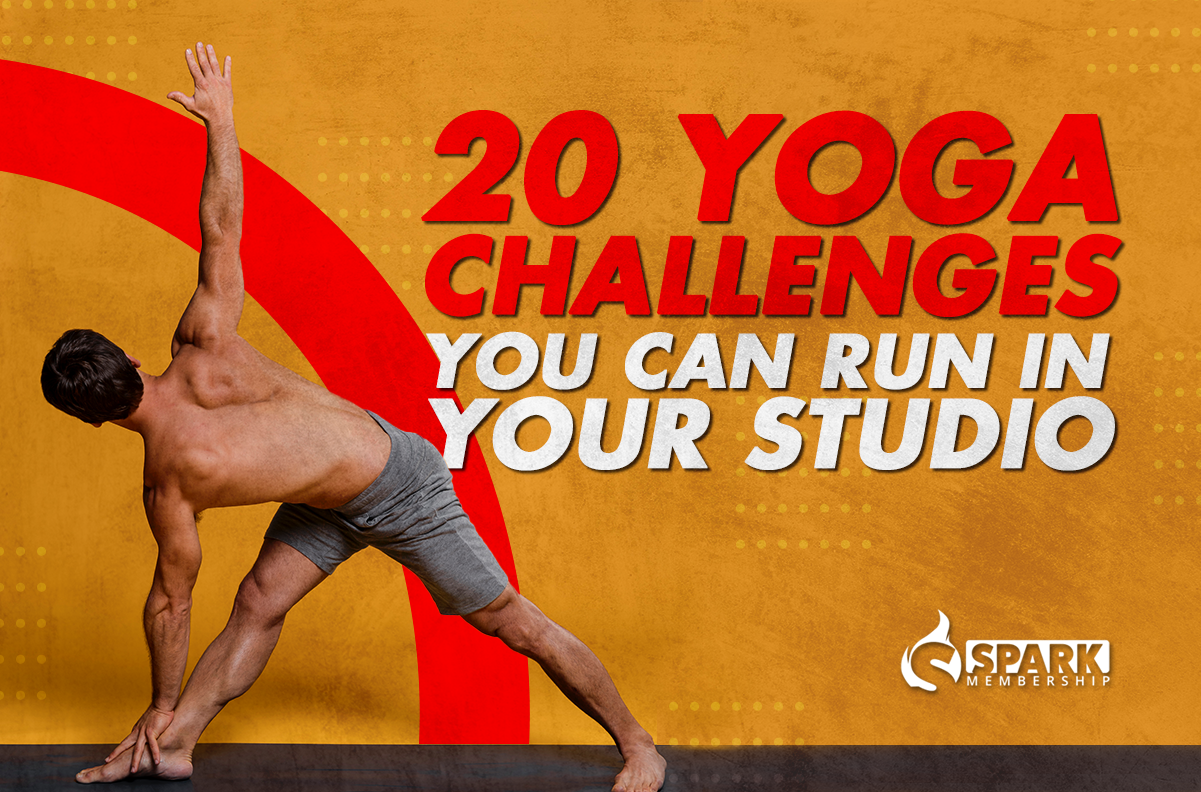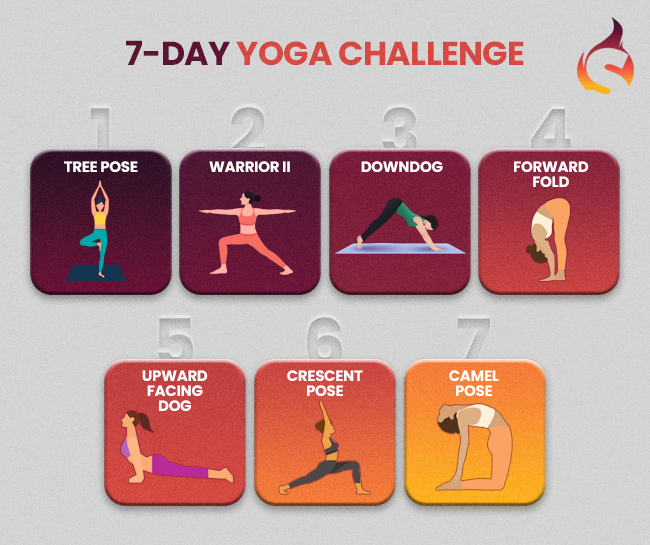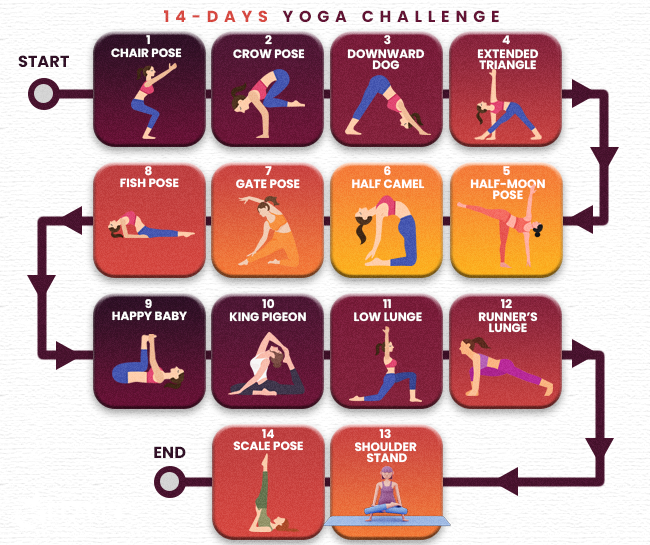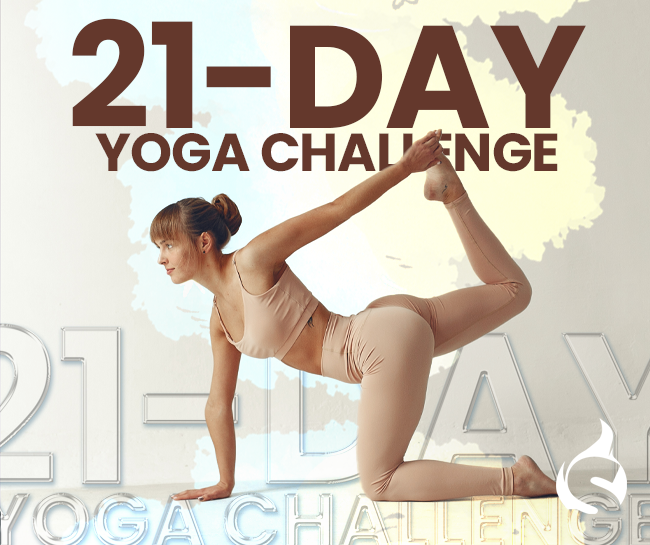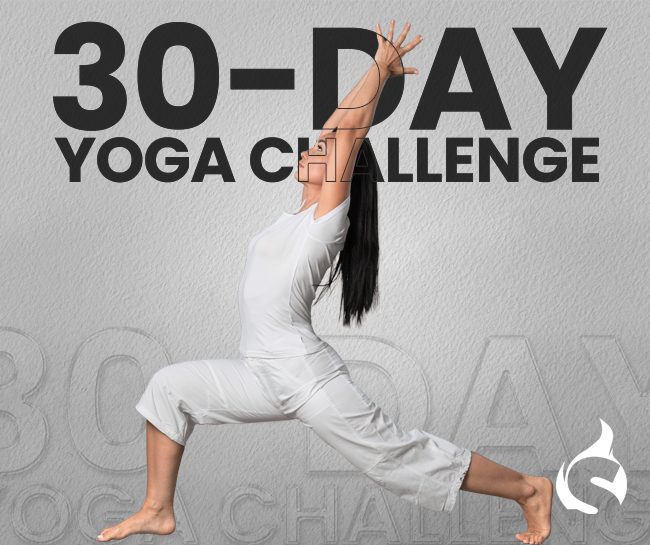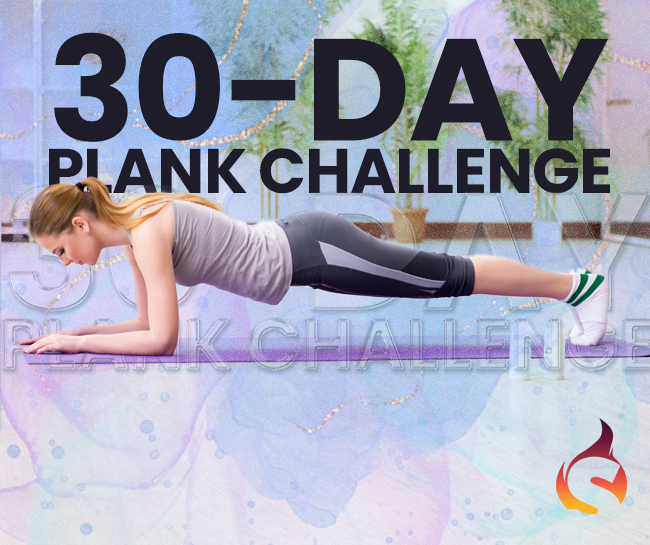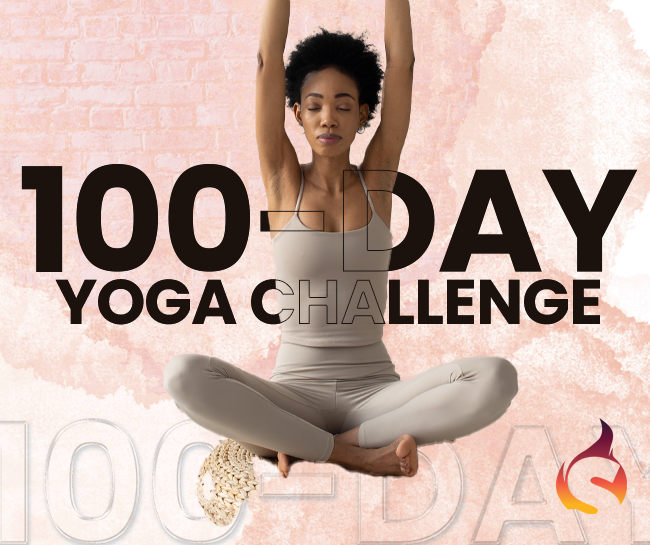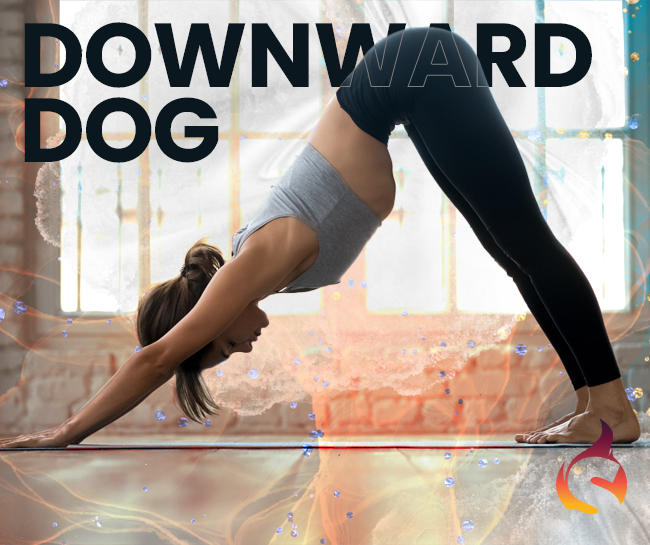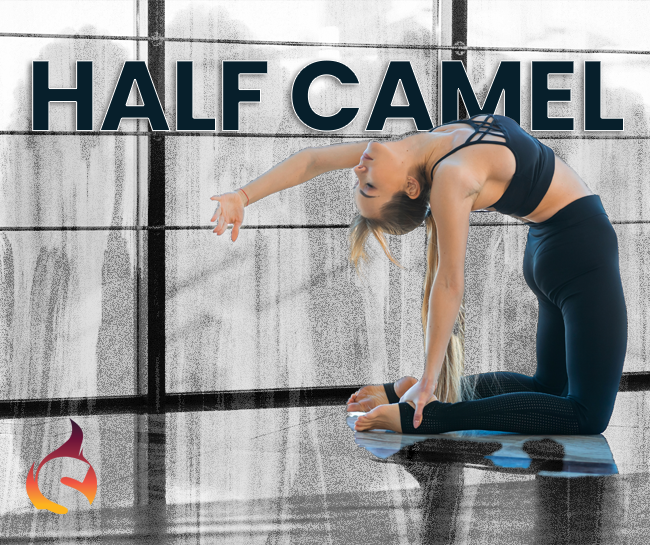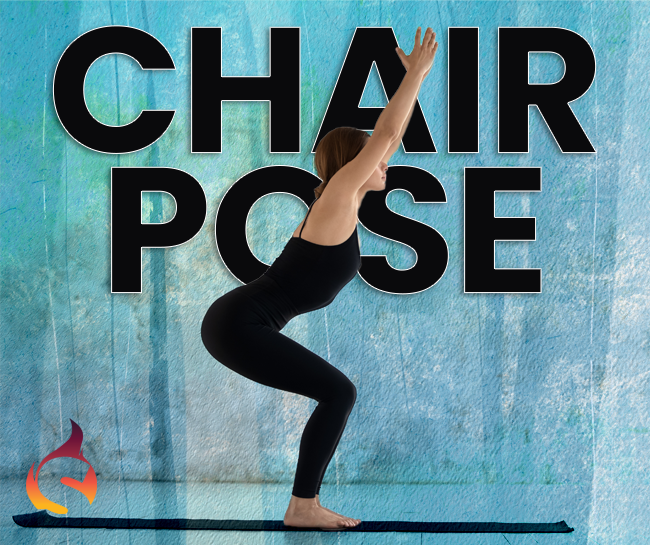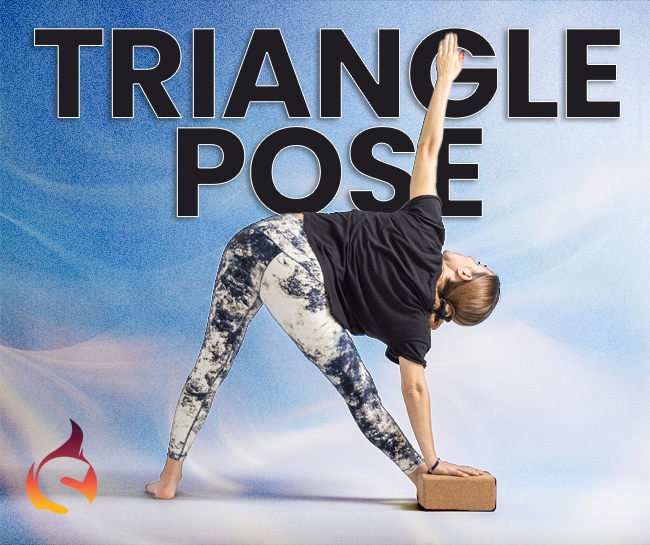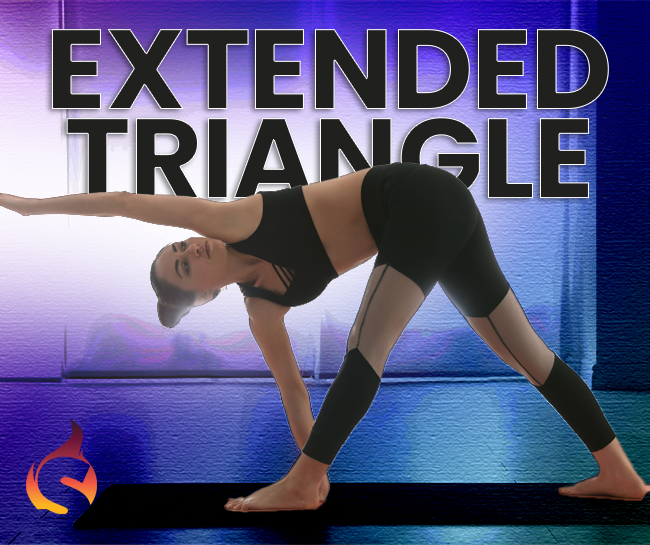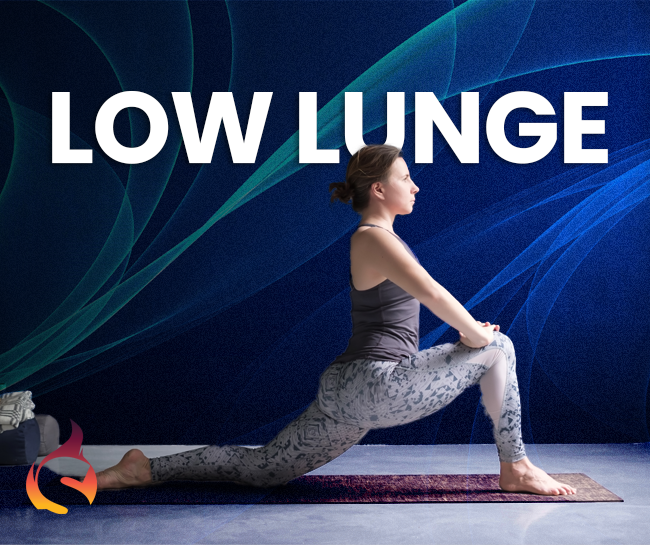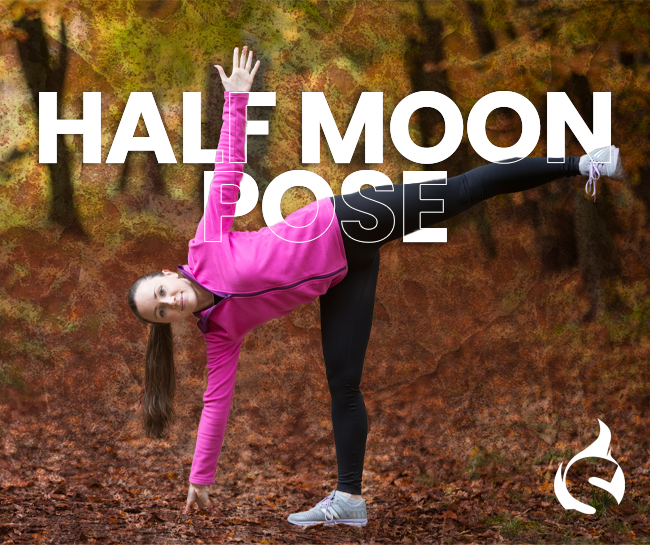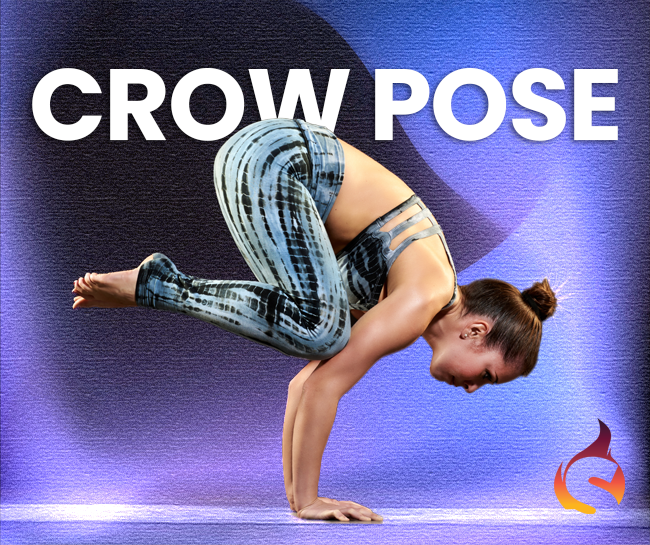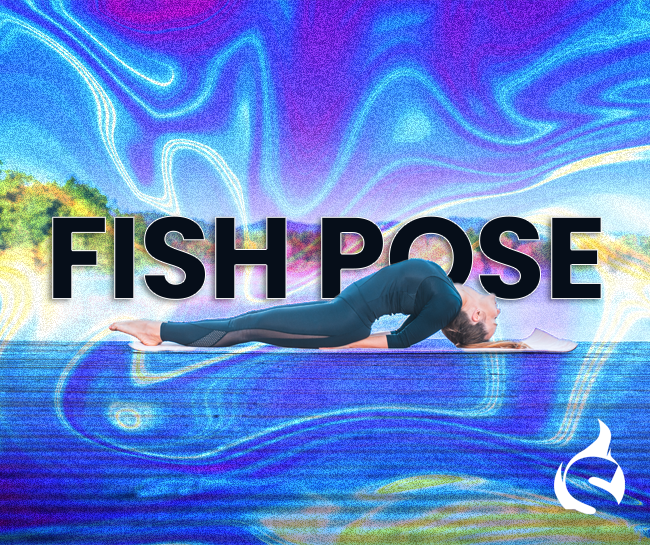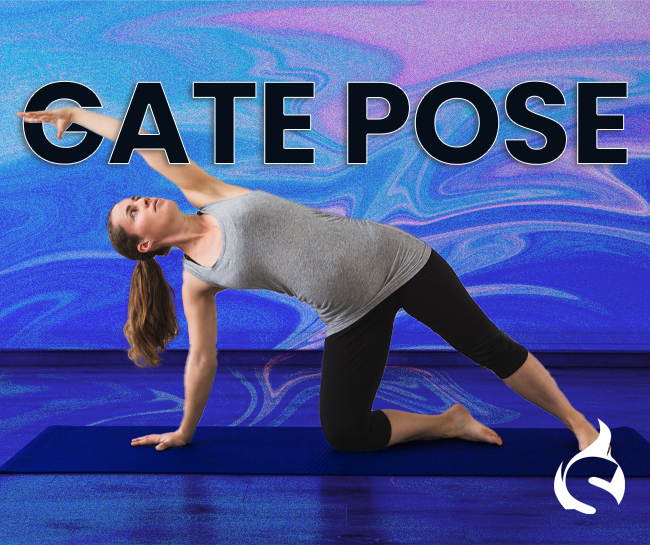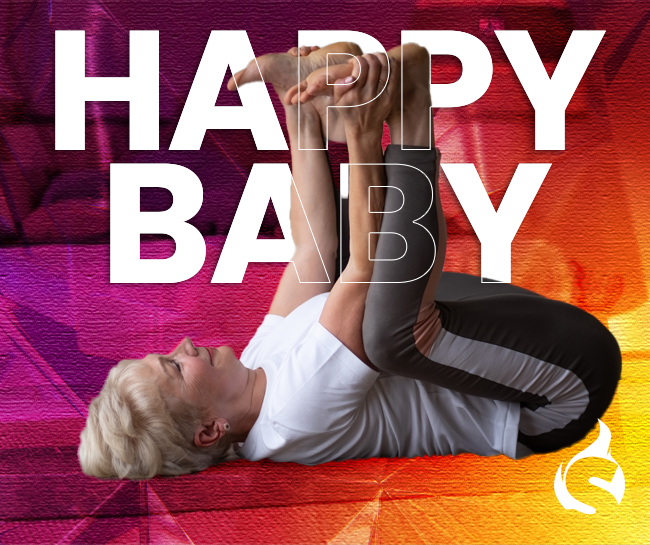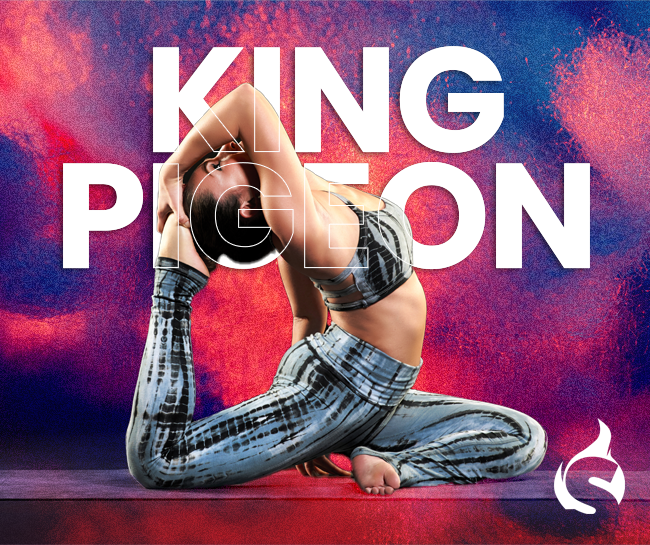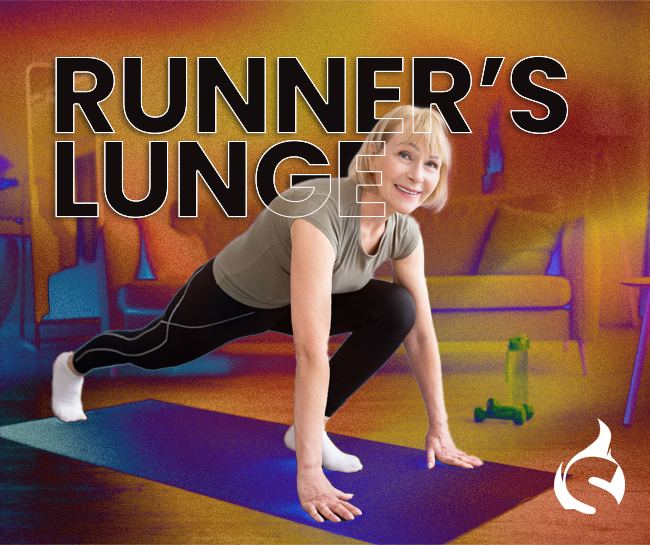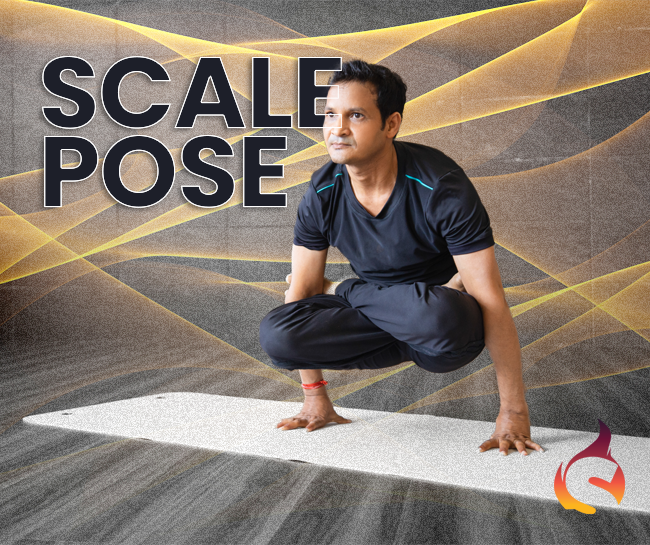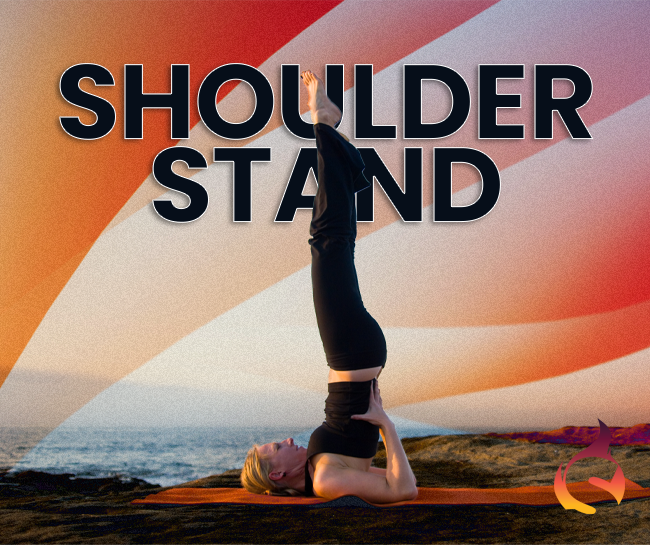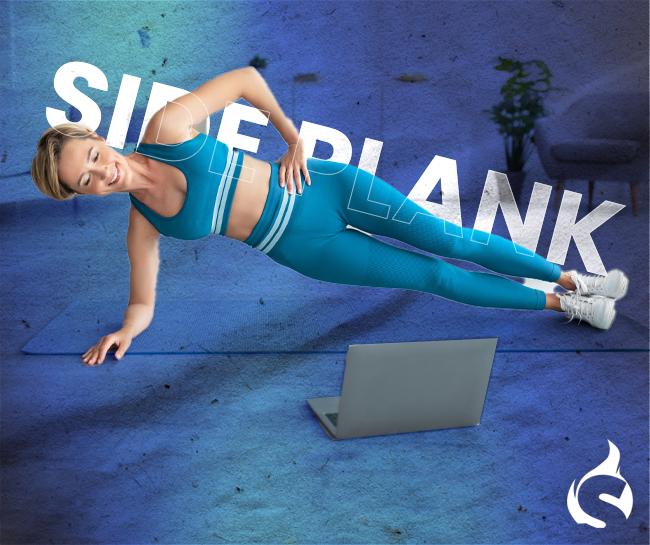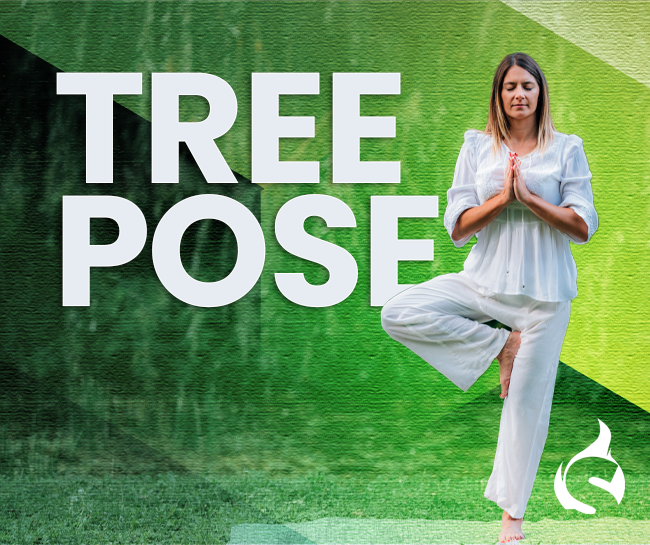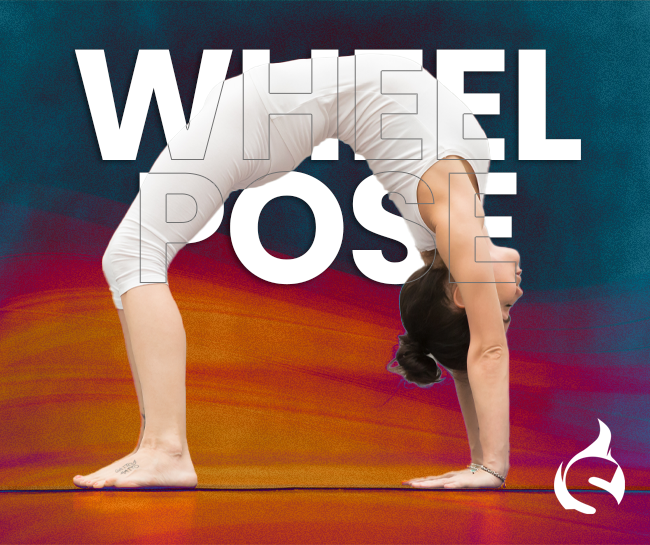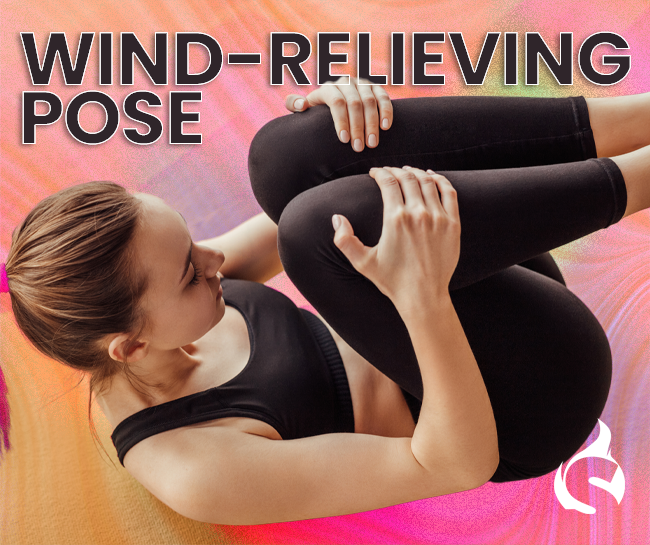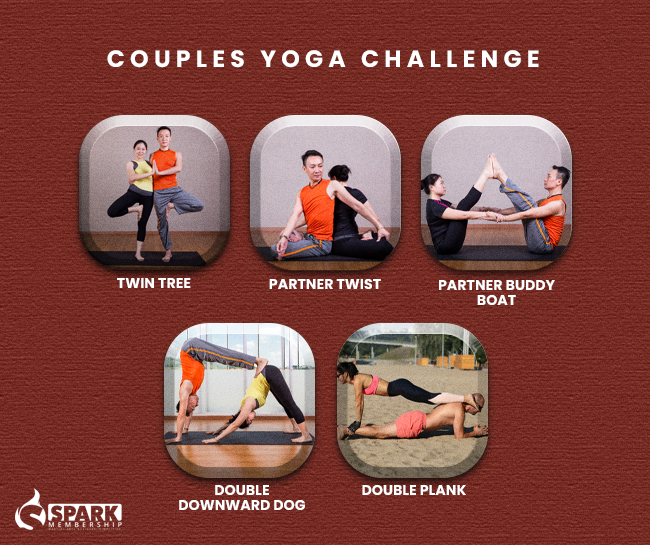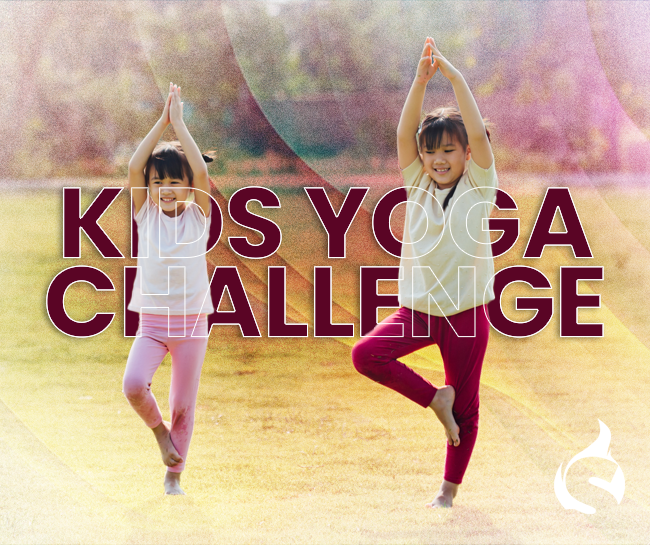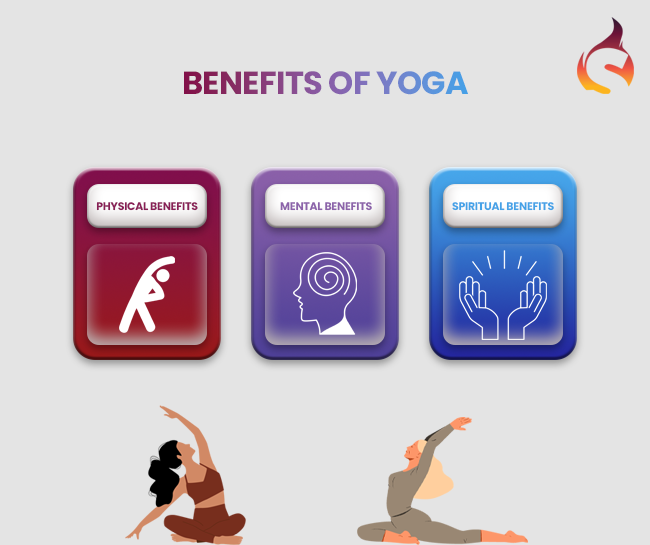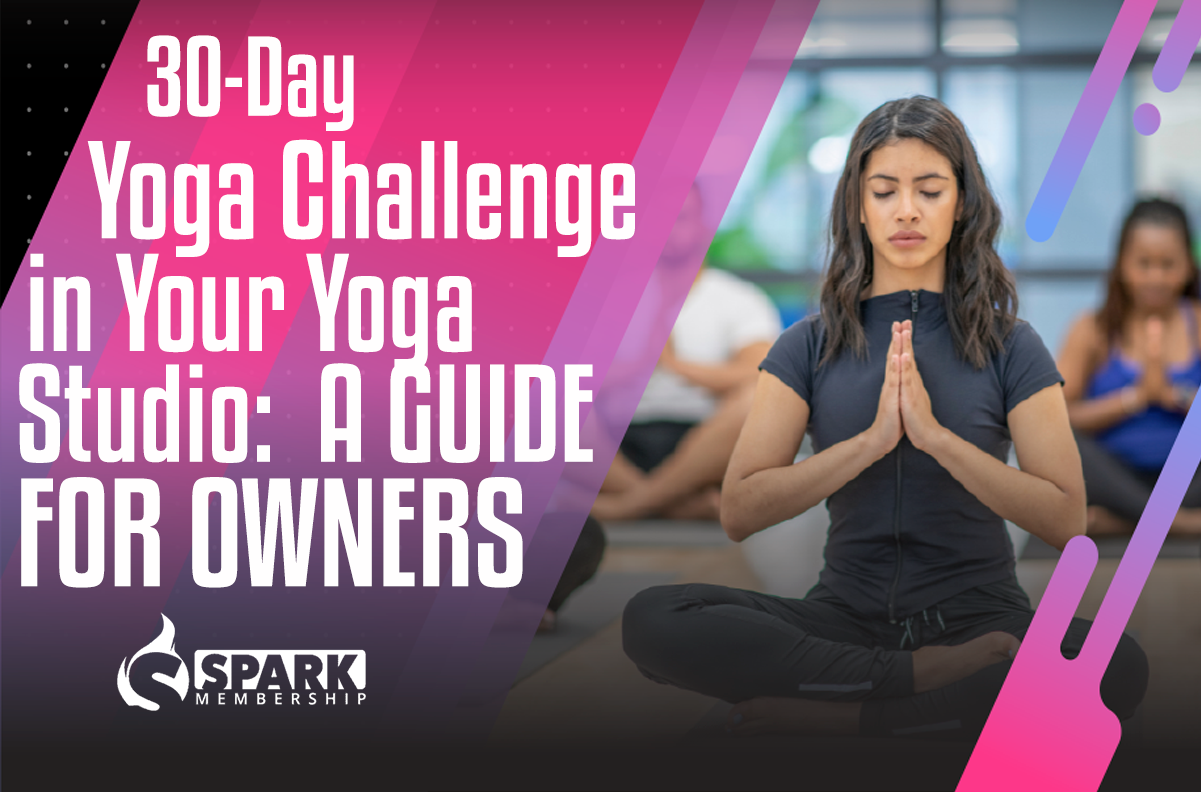
As a yoga studio owner, you are well aware of the benefits of yoga for the mind, body, and soul. Yoga is a practice that has been around for thousands of years, and its popularity continues to grow, as more and more people turn to it as a means of improving their physical and mental health. If you are looking for a way to inspire and motivate your students, a 30-day yoga challenge might be just what you need.
The idea of a 30-day yoga challenge is simple: to practice yoga for 30 consecutive days, incorporating different styles and poses along the way. This challenge will provide your students with an opportunity to deepen their yoga practice, improve their physical strength and flexibility, and reduce stress and anxiety.
To help you get started, we have compiled a list of 30 different yoga practices, one for each day of the challenge. Each practice is designed to target different areas of the body and provide various health benefits.
Day 1: Hatha Yoga for Grounding
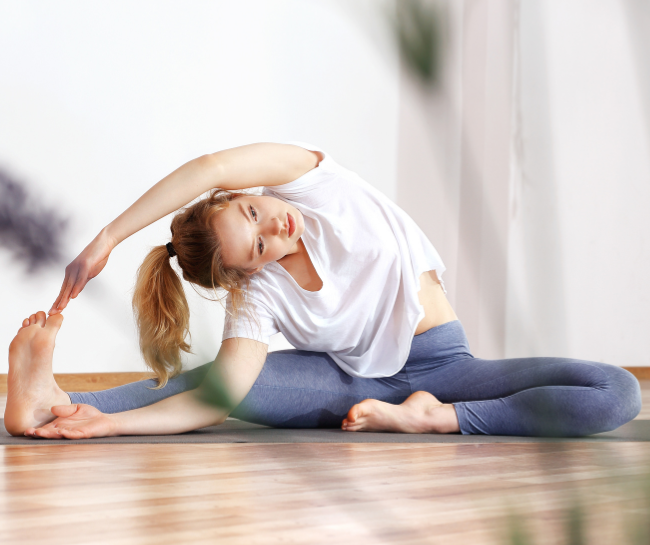
Start your challenge off with a grounding practice that will help you center your mind and body. Hatha yoga is a gentle form of yoga that focuses on holding poses for a longer period of time. This practice is designed to calm the mind and help you find a sense of stability and grounding.
💡 Start your 30-Day Yoga Challenge with a strong foundation by incorporating Hatha Yoga into your studio’s daily practice. Nourish your students’ bodies and minds with grounding poses that cultivate inner peace and stability.
Day 2: Yoga for Stress Relief
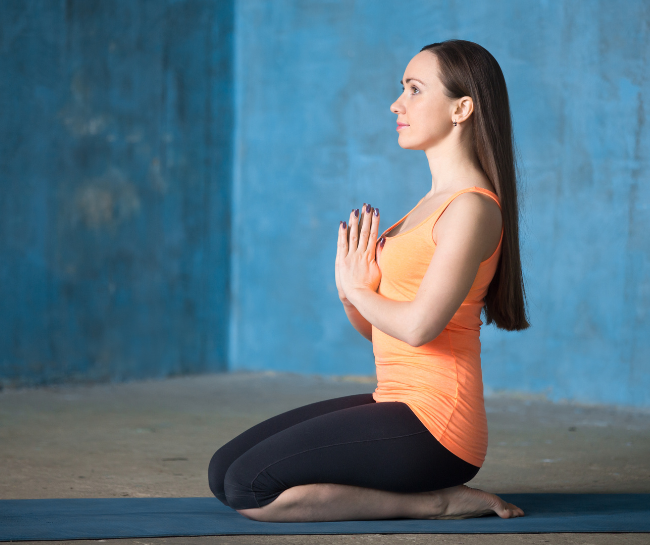
On the second day of the challenge, focus on reducing stress and tension in the body with a yoga practice specifically designed for stress relief. This practice will include gentle movements and deep breathing, which will help to soothe the nervous system and calm the mind.
Day 3: Hatha Yoga for Self-Care II
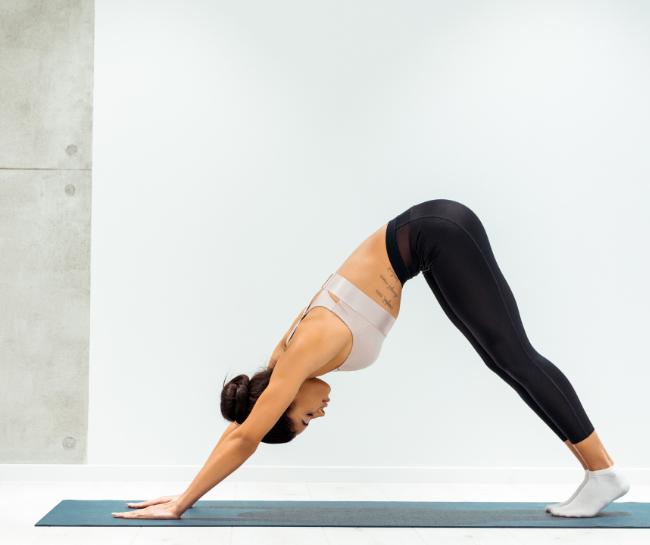
Self-care is an important aspect of overall health and wellness. On the third day of the challenge, focus on taking care of yourself with a Hatha yoga practice designed specifically for self-care. This practice will focus on releasing tension and increasing flexibility in the body.
Day 4: A Deep Release for the Shoulders and Neck
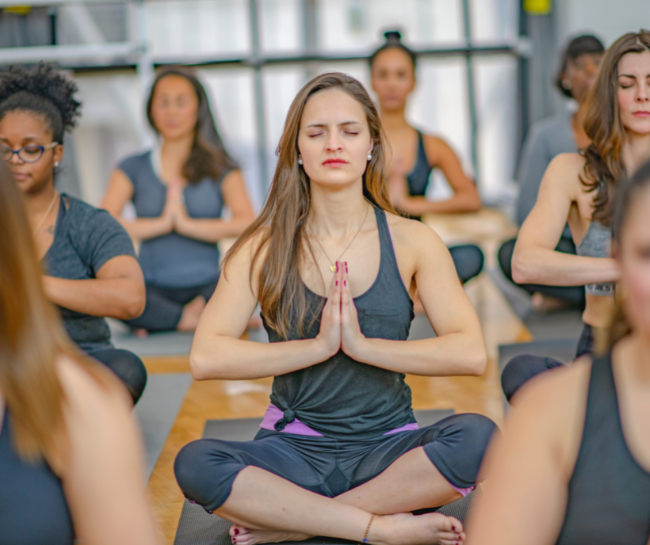
Our modern-day lifestyle often leads to tension and stiffness in the neck and shoulders. On the fourth day of the challenge, release this tension with a deep release practice for the shoulders and neck. This practice will include gentle stretches and movements that will help to soothe and relieve tension in these areas.
Day 5: Settling Into Relaxation
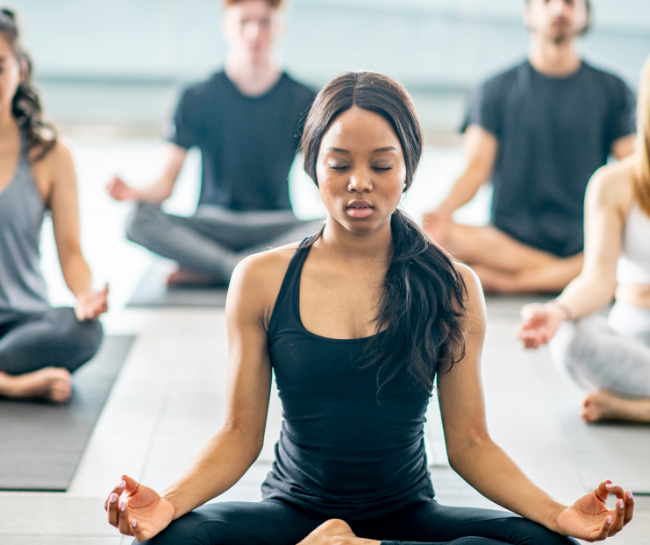
On the fifth day of the challenge, focus on settling into relaxation with a gentle yoga practice that will help you release any residual tension and stress from the previous days. This practice will include deep breathing and restorative poses, which will help you feel calm and centered.
Day 6: Hatha Yoga for the Hands, Arms and Shoulders
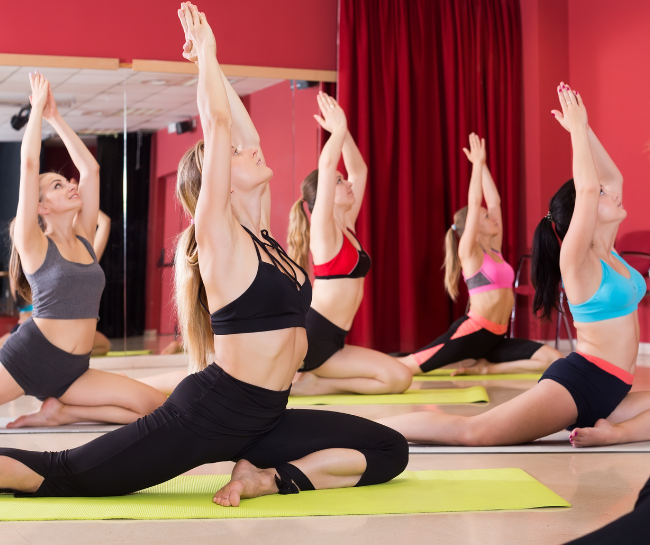
The hands, arms, and shoulders are often neglected in our daily yoga practices. On the sixth day of the challenge, focus on these areas with a Hatha yoga practice that will help to increase flexibility and strength in the hands, arms, and shoulders.
Day 7: Spinal Care for Beginners
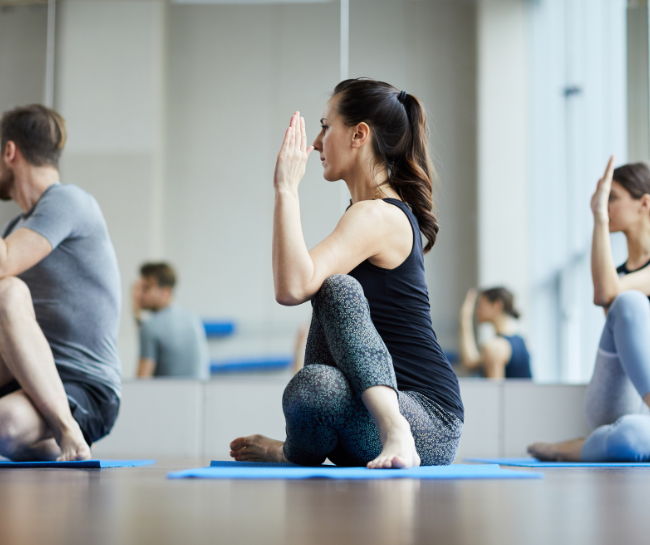
The spine is an important part of the body, and it’s essential to keep it healthy and strong. On the seventh day of the challenge, focus on spinal care with a beginner-friendly yoga practice. This practice will include gentle movements and stretches that will help to improve posture and reduce tension in the spine.
Day 8: Release the Neck
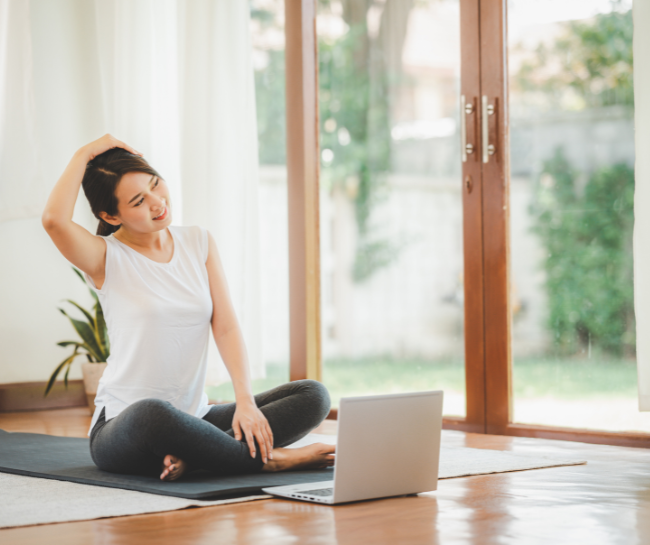
The neck is one of the most susceptible areas to tension and stress, and it’s important to take care of it. On the eighth day of the challenge, release tension in the neck with a yoga practice that will help you improve your posture and reduce stiffness.
Day 9: Flow Yoga to Energize
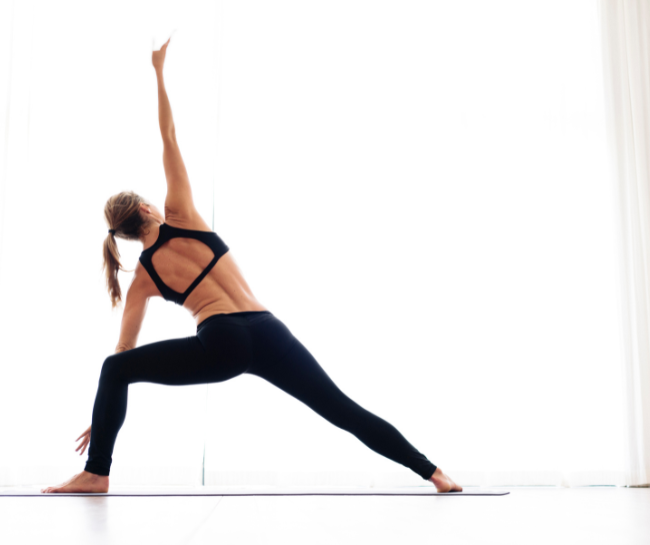
On the ninth day of the challenge, start your day with energy and vitality with a flow yoga practice. This practice will involve dynamic movements and poses, designed to increase your energy levels and awaken your body and mind.
Day 10: Hatha Yoga on the Ground
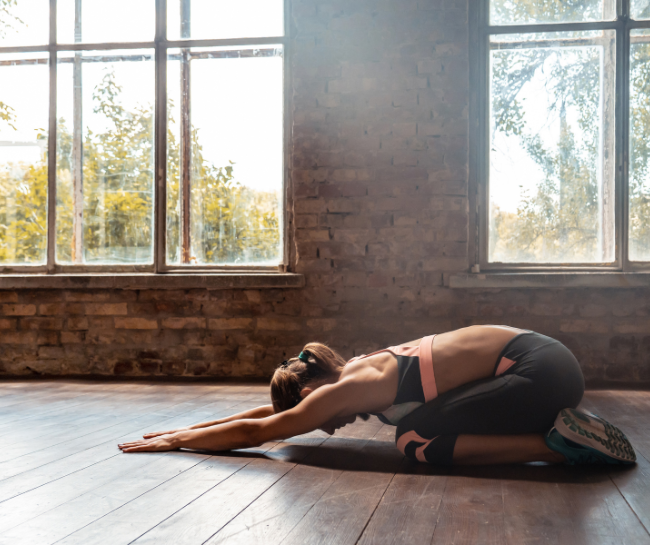
Spend the 10th day of the challenge focusing on your connection to the ground. This Hatha yoga practice will include poses that will help you find stability and balance while grounding your body and mind.
Day 11: Deep Release for the Hips, Hamstrings and Lower Back
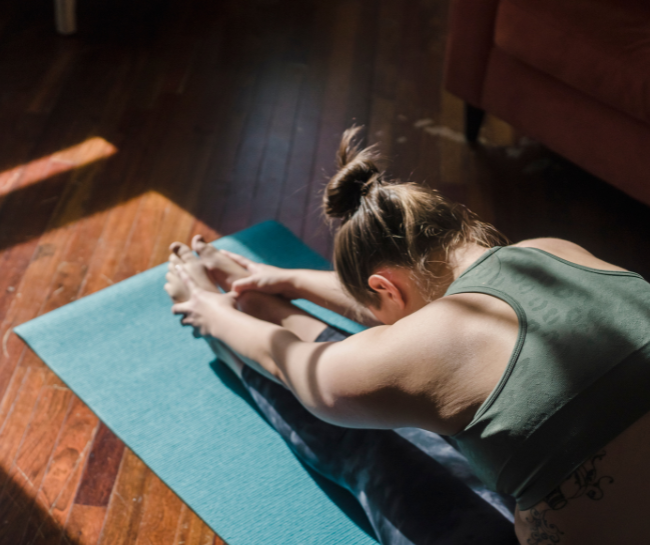
The hips, hamstrings, and lower back are common areas where tension and stress accumulate. On the 11th day of the challenge, focus on releasing tension in these areas with a deep release practice for the hips, hamstrings, and lower back.
Day 12: Bend and Stretch
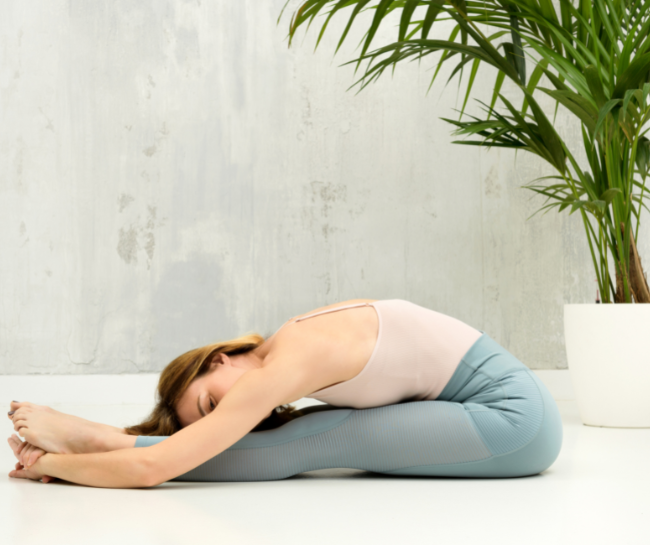
On the 12th day of the challenge, focus on flexibility and mobility with a yoga practice that will help you bend and stretch your muscles. This practice will include a combination of dynamic and static stretches that will help you increase your range of motion and reduce tension in the body.
Day 13: Yoga for Inner Strength
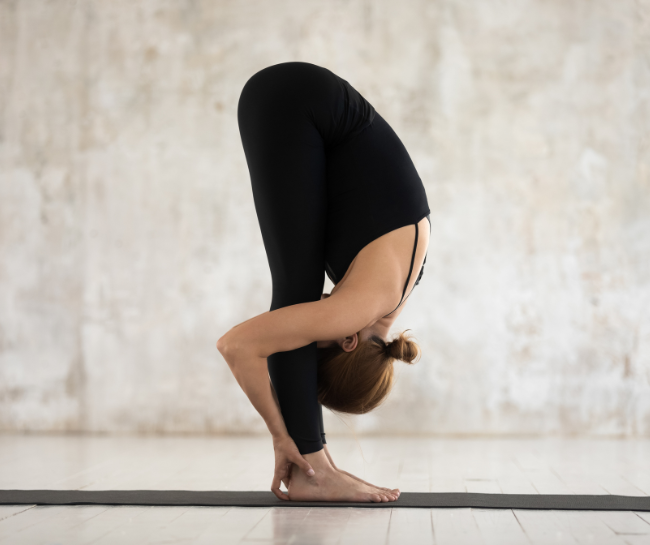
Building inner strength is an important aspect of yoga and overall wellness. On the 13th day of the challenge, focus on building inner strength with a yoga practice that will help you tap into your inner power and resilience.
Day 14: Align, Stabilize and Stretch
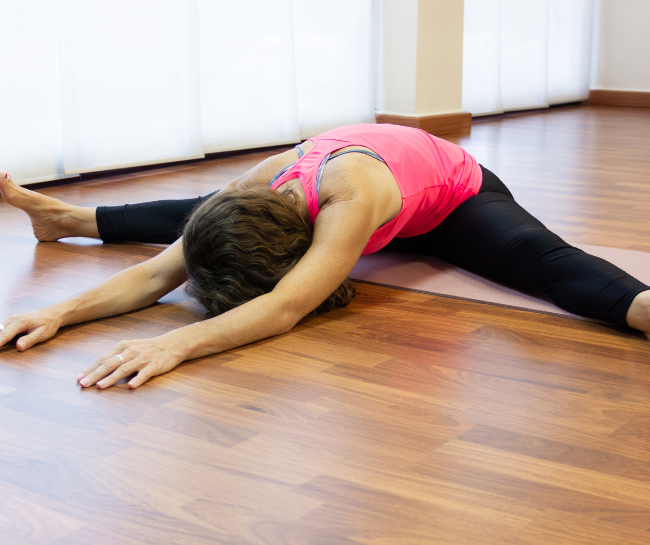
The 14th day of the challenge is all about alignment, stability, and stretching. This yoga practice will focus on improving your posture and overall alignment, while also helping you increase your flexibility and stability.
Day 15: Bedtime Yin Yoga
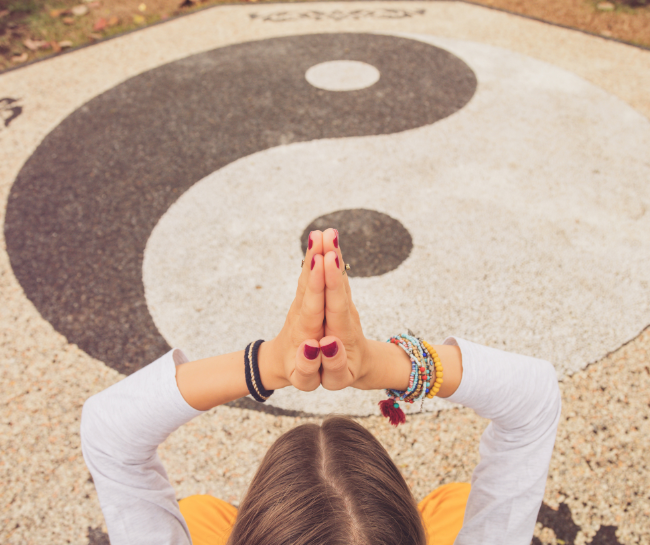
End the first half of the challenge with a bedtime Yin yoga practice that will help you relax and wind down after a long day. This practice will focus on restorative poses and deep breathing, designed to help you settle into a peaceful sleep.
💡Embrace the grounding power of this practice and offer it to your students, helping them find peace and tranquility in their busy lives.
Day 16: Yoga for the Feet
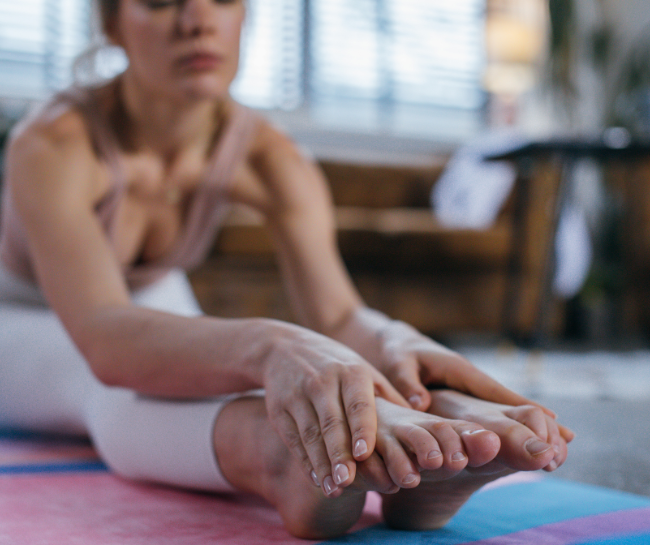
The feet are an important part of the body, and they often get neglected in our daily yoga practices. On the 16th day of the challenge, focus on the feet with a yoga practice that will help improve their strength and flexibility.
Day 17: Breath, Balance and Twists
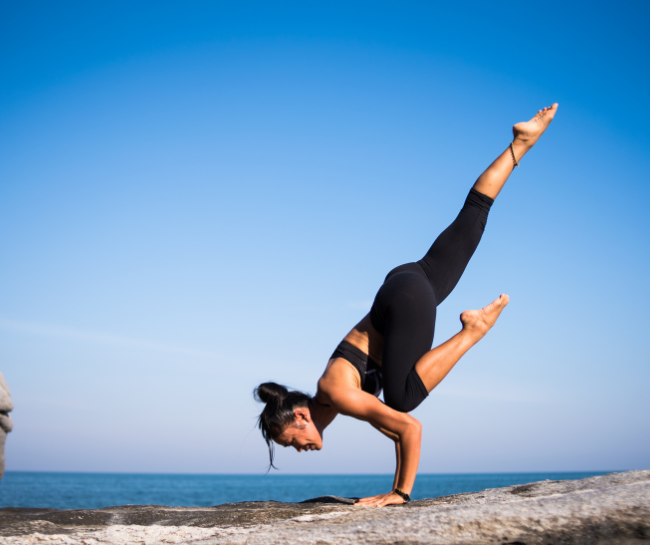
On the 17th day of the challenge, focus on your breath, balance, and twisting movements. This yoga practice will help you improve your balance and coordination, while also helping you release tension in the spine and increase your lung capacity.
Day 18: Yin Yoga for the Lower Back
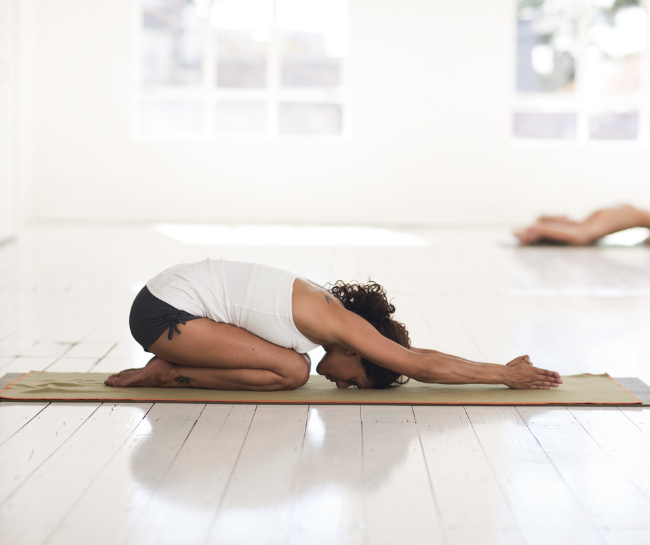
The lower back is a common area where tension and stress accumulate, and it’s important to take care of it. On the 18th day of the challenge, focus on the lower back with a Yin yoga practice that will help you release tension and improve your posture.
Day 19: Deepening Relaxation
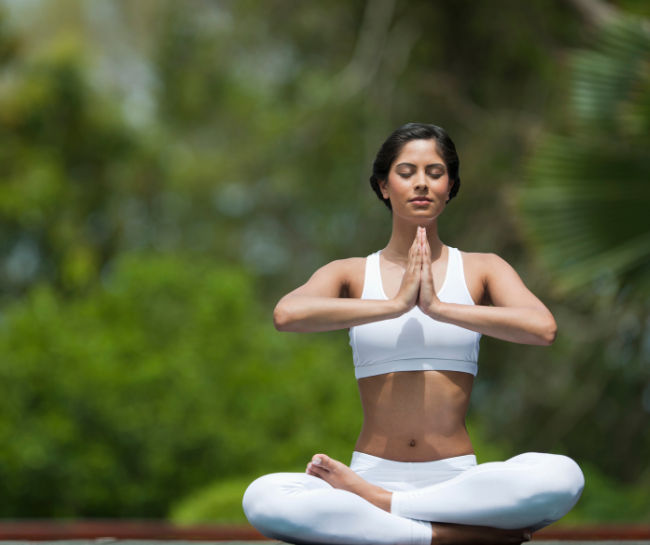
Take a break from the more dynamic practices and focus on deepening your relaxation on the 19th day of the challenge. This yoga practice will focus on restorative poses and deep breathing, designed to help you find a deep sense of calm and relaxation.
Day 20: Core Strength and Stretch
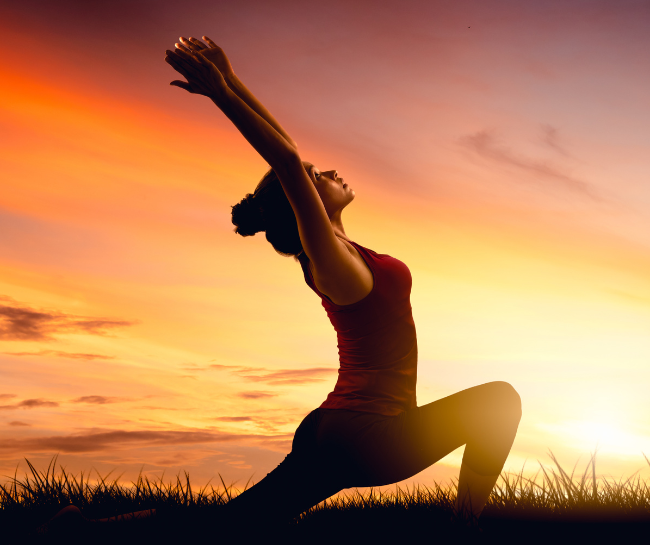
The core is an important part of the body, and it’s essential to keep it strong and healthy. On the 20th day of the challenge, focus on core strength and stretching with a yoga practice that will help you strengthen your core and increase your flexibility.
Day 21: Yin Yoga for the Shoulders
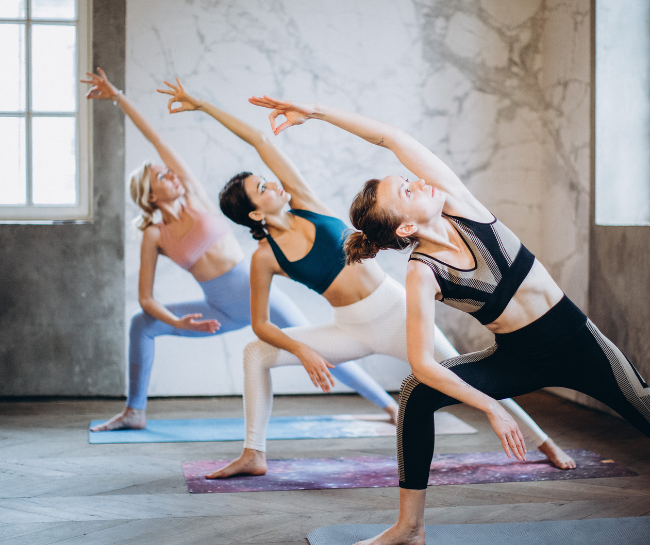
The shoulders are a common area where tension accumulates, and it’s important to take care of them. On the 21st day of the challenge, focus on the shoulders with a Yin yoga practice that will help you release tension and improve flexibility in the shoulder region. This practice will focus on gentle stretches and restorative poses that will help you improve the mobility and health of your shoulders.
Day 22: Yoga for Sciatica Relief
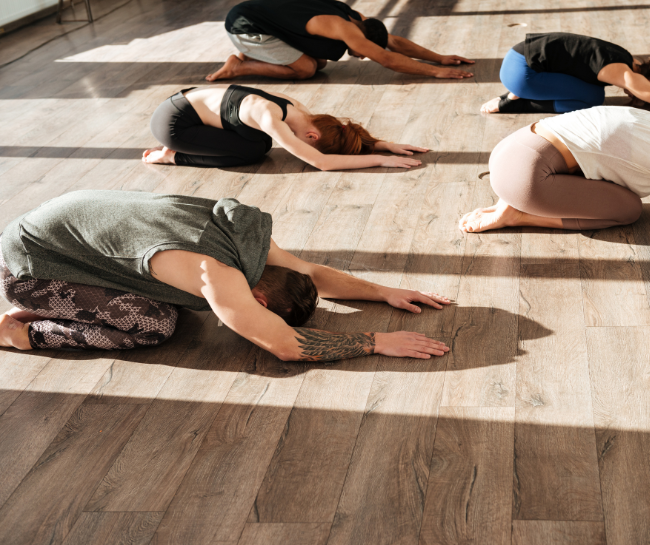
Sciatica is a common condition that can cause discomfort and pain in the lower back and legs. On the 22nd day of the challenge, focus on relieving sciatica with a yoga practice that will help you alleviate tension and reduce pain in the affected area.
Day 23: Morning Slow Hatha Yoga Flow
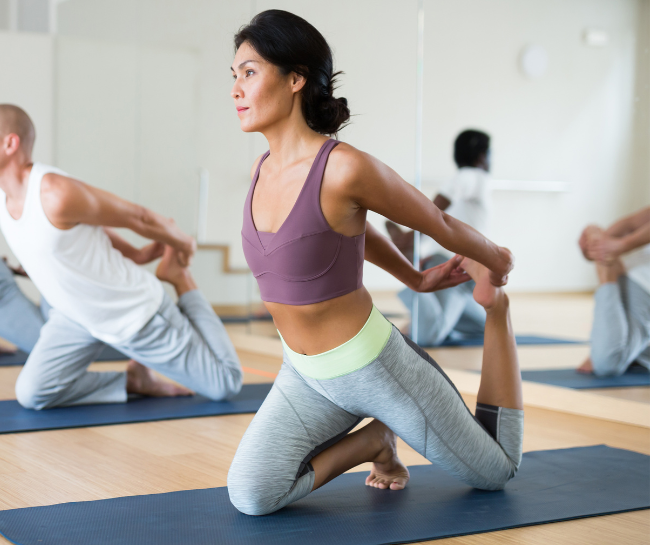
Start your day off right with a slow Hatha yoga flow on the 23rd day of the challenge. This practice will be a gentle, slow-paced practice that will help you awaken your body and mind, and set the tone for a positive and productive day.
Day 24: Kundalini Yoga for Beginners
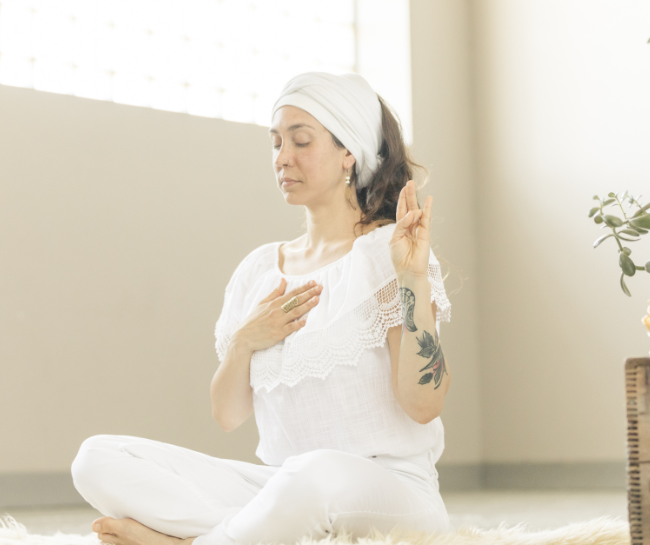
Kundalini yoga is a powerful and transformative form of yoga, and on the 24th day of the challenge, you’ll get to experience it for yourself. This practice will be a beginner-friendly introduction to Kundalini yoga, and it will help you tap into your inner power and awaken your energy.
Day 25: A Yin Practice
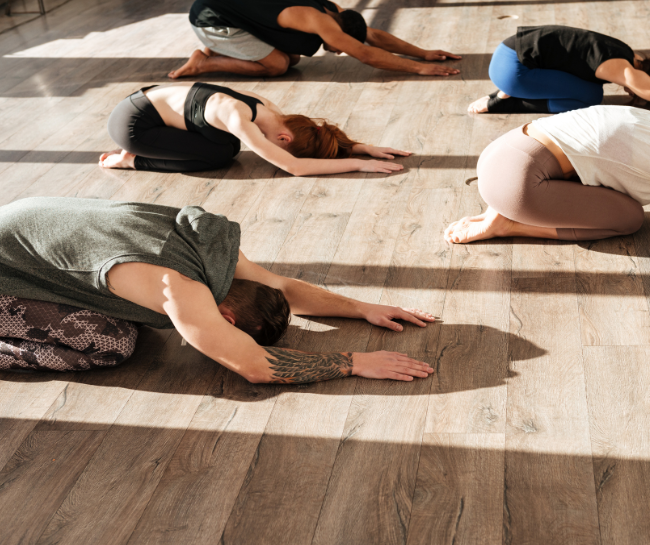
Take a break from the more dynamic practices and focus on rest and relaxation on the 25th day of the challenge. This Yin yoga practice will help you find balance, inner peace, and a deep sense of relaxation.
Day 26: Challenging Beginner Hatha Yoga
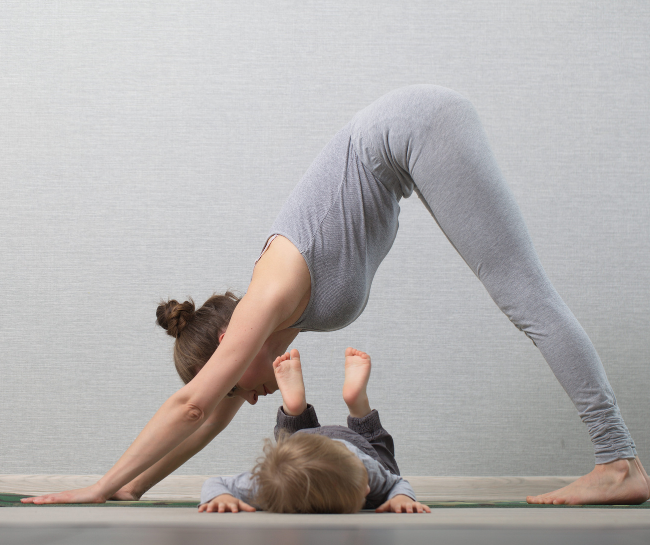
On the 26th day of the challenge, take your Hatha yoga practice to the next level with a challenging beginner-friendly practice. This practice will push your limits and help you improve your strength, flexibility, and overall yoga skills.
Day 27: Kundalini Yoga for the Root Chakra
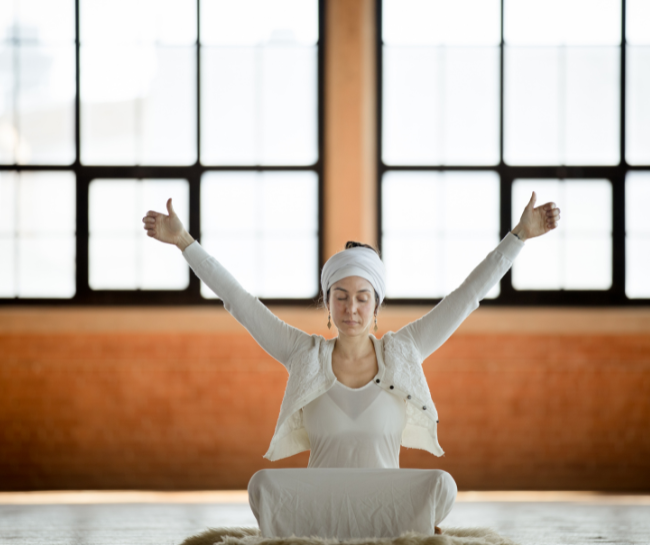
The root chakra is associated with stability, grounding, and a sense of security. On the 27th day of the challenge, focus on activating and balancing your root chakra with a Kundalini yoga practice.
Day 28: Yoga for Inner Acceptance
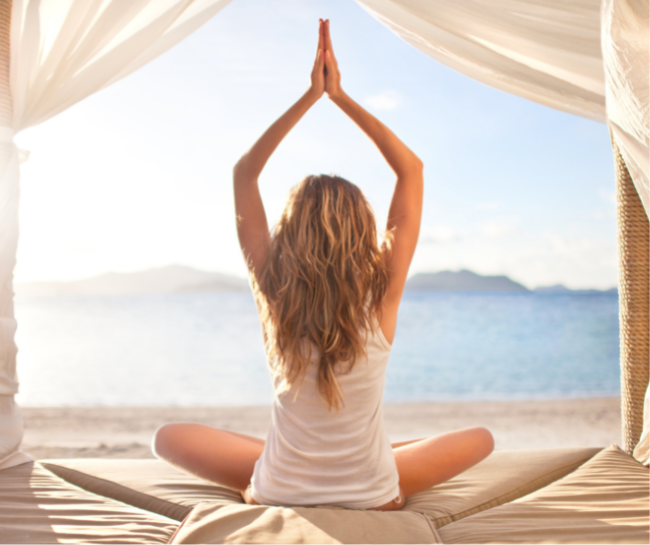
On the 28th day of the challenge, focus on inner acceptance and self-love with a yoga practice that will help you cultivate positive self-talk, increase self-confidence, and develop a deeper sense of inner peace.
Day 29: Hatha Yoga for Better Sleep
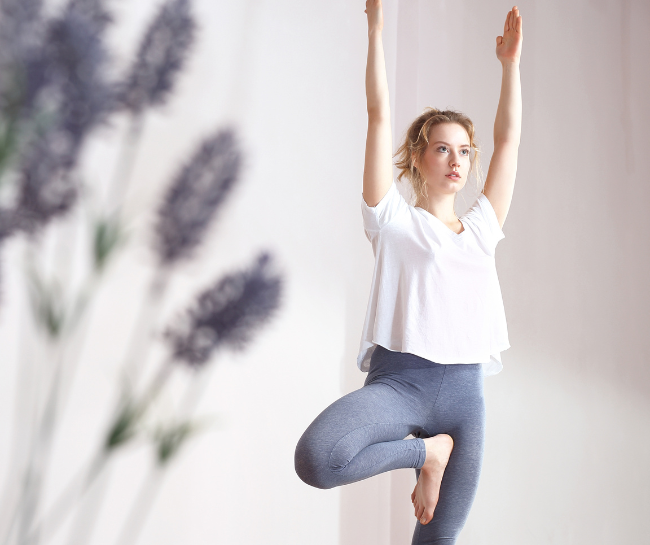
On the 29th day of the challenge, end the day with a Hatha yoga practice designed to improve your sleep quality. This practice will help you wind down, relax your mind and body, and prepare you for a good night’s sleep.
Day 30: The Final Stretch
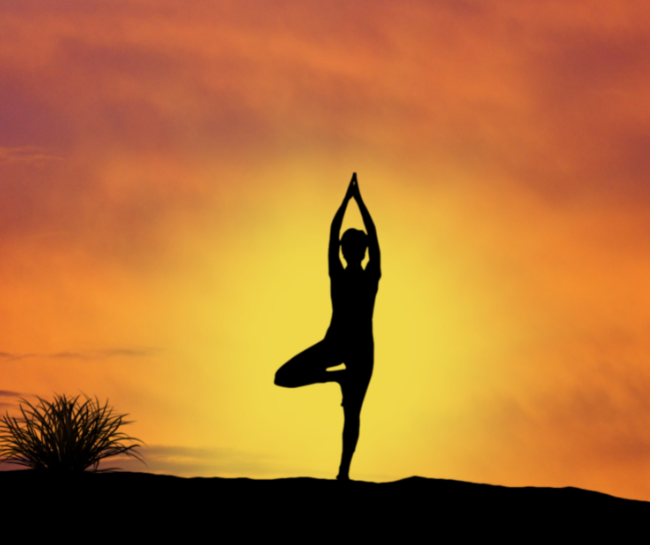
Congratulations! You’ve made it to the final day of the 30-day yoga challenge. Take some time to reflect on your journey and the benefits you’ve experienced over the past month. Celebrate your progress, and consider incorporating yoga into your daily routine to continue experiencing its numerous benefits.
A 30-day yoga challenge is a great way to introduce yourself to the world of yoga, or to deepen your existing practice. With a variety of practices and poses, this challenge covers different aspects of yoga and can help you find a practice that resonates with you. Whether you’re a beginner or an experienced practitioner, this challenge is a great way to improve your overall wellness and experience the numerous benefits of yoga.
Discover the best practices for hiring yoga teachers with our latest blog “Hiring Yoga Teachers – Best Practices“. Read now and elevate your hiring process today!
Elevate your yoga studio with Spark Membership Software – the ultimate solution for managing your business. With powerful features and intuitive tools, Spark simplifies operations and boosts profits. Join the vibrant community of successful yoga studios today. Upgrade your business with Spark Membership Software!
